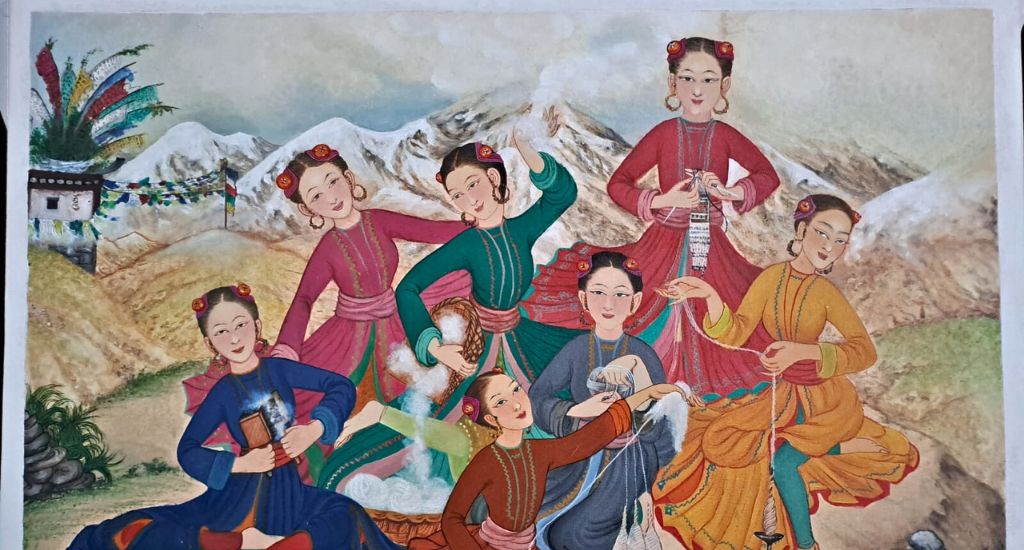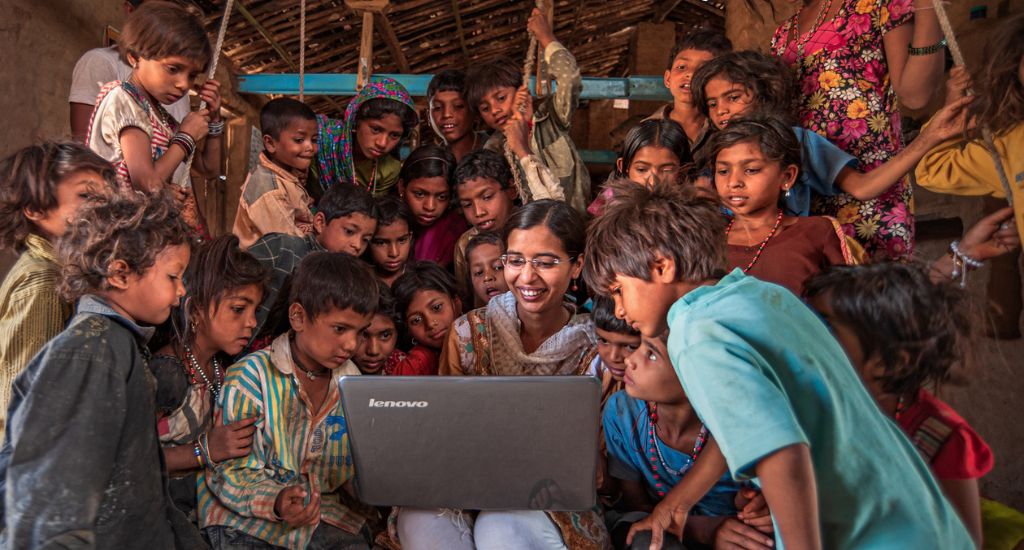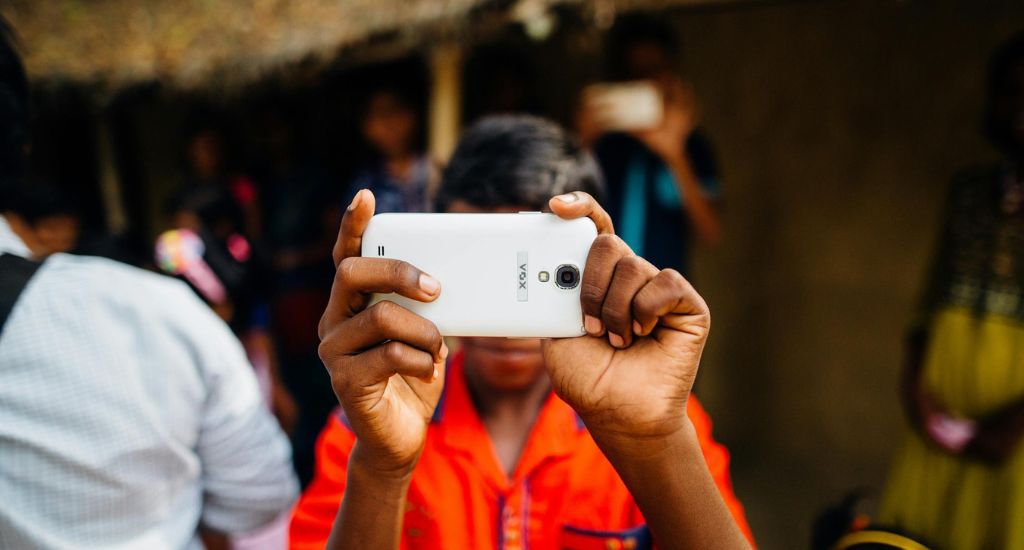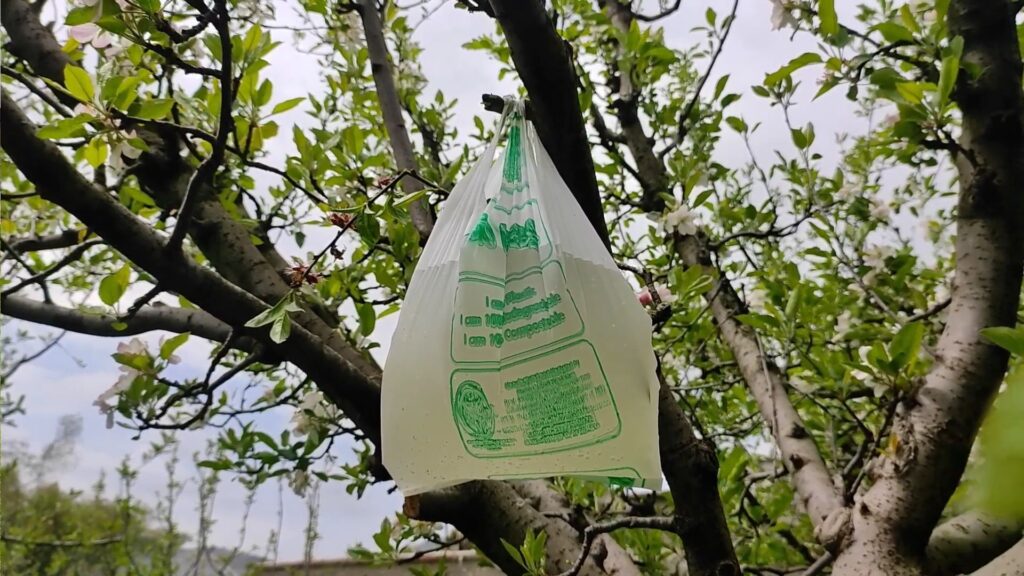‘I find purpose in life through thangka art’
Skipping school and homebound because of a polio attack, Krishna Tashi Palmo enrolled in a Tibetan thangka art school at 22, finding purpose in life through art. Now she is one of the few renowned women thangka artists.
Dawa Dolma
Oct 03, 2023
Lahaul and Spiti, Himachal Pradesh
Krishna Tashi Palmo of Shipting village in Lahaul and Spiti district of Himachal Pradesh joined a thangka art school at 22. She talks about her journey from the confines of her house to the art world – in her own words.
I was born in Shipting, a remote village in the trans-Himalayan Lahaul valley in Himachal Pradesh, the fourth among five girls.
I contracted polio as a toddler and spent my entire childhood indoors. While my sisters went to school, I passed my time drawing and gradually found solace in painting. It was my distant meme ley (grandfather) who encouraged me to attend the traditional Tibetan art school in Patlikuhal near Kullu, where the weather is warmer and good for my medical condition.
Also Read: Mandala art and Kashmir’s shikara sorceress
I enrolled in the art school at the age of 22. I received free education there, thanks to a sponsor from France.
I learnt the Tibetan thangka – an art of painting the Buddha’s thoughts and teachings.
Thangka paintings are made on cotton or silk canvas. Thangka art is first drawn with pencil, then with a fine brush and later the paints are applied. It takes painstakingly long to make a detailed thangka – a month or two.
It’s a very meticulous process and there are strict guidelines. The drawing needs to be exactly as per iconographic grids and needs to be accurate. So one needs intensive training to make thangka art.
Thangka was once reserved for monks. But now anyone can become a thangka artist. You just need an understanding of Buddhist scriptures and iconography.
Also Read: “With the Bhil Pithora art, I let my creativity run free”
I never felt any different when I was in school. My classmates and school were super inclusive, especially my guru Dhondup Dorjee.
My guru never gave up on me. He taught me not only the thangka art but also the Buddhist philosophy.
If I had not attended the thangka school, I would have continued to believe that to be an artist is a desire, and it’s a pursuit only for the able-bodied.
Thangka gave me a purpose in life.
After graduating from the Tibetan thangka art school, I was sceptical about entering the arts industry.
Then I started living independently and exploring new themes like feminism, through the stories of Lahaul, my hometown, as the abode of Khandromas – Dakini, a type of female spirit and goddess.
While exploring various themes, I delved into the elusive concept of self as an expression and I was drawn to the idea of gender asymmetries and spirituality. There is always a kind of pressure on disabled people to create work only based on their medical condition.
My life is more than my disability and gender. My disability and gender do not limit my artistic ability. Rather it increases my creativity.
I earn Rs 70,000 to 80,000 for a commissioned thangka painting, depending on its size and details. Now I am 39, an artist and poet, living in Kullu with my husband who is also a thangka artist from Ladakh.
My paintings have been exhibited in local galleries such as Roerich Art Gallery, Kullu, and also in national and international artistic platforms like the National Gallery of Modern Art, New Delhi and Asia Society Centre, Hong Kong.
Also Read: Alu Kurumba art depicts the tribes’ connection with nature
Reporting and photography by Dawa Dolma, a freelance journalist based in Leh. She writes about climate change, communities and culture of the Himalayas. She is a Rural Media Fellow 2022 at Youth Hub, Village Square.







